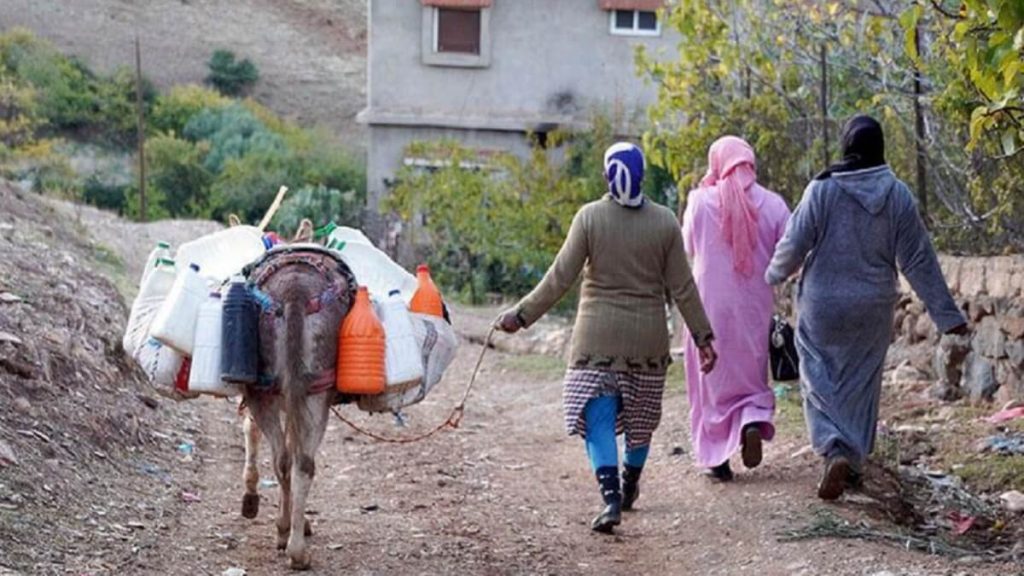In the coastal village of Beddouza in western Morocco, residents are turning to the Atlantic Ocean for a vital resource: drinking water. Thanks to mobile desalination units, known as “monobloc” stations, locals are finding relief from the severe drought that has gripped the nation.
Since 2023, Morocco has deployed 44 of these compact, transportable units to provide potable water in remote areas. The monobloc stations have become a crucial lifeline as the country faces its worst drought in nearly four decades. Water is delivered via tanker trucks to communities like Beddouza, where groundwater has run dry.
Beddouza, located 180 kilometres northwest of Marrakesh, now supplies drinking water to about 45,000 people through three monobloc desalination units. These stations can cover areas within a 180-kilometre radius, according to Yassine Maliari, a local water distribution official.
As dams deplete and groundwater dries up, the Moroccan government plans to install 219 more desalination units to meet the urgent water needs of some three million people in rural areas.
Monobloc stations, which produce up to 3,600 cubic metres of water per day, offer a flexible solution. Meanwhile, larger desalination plants are being built in cities like Casablanca to meet growing urban demands, adding to the existing 12 plants that produce a combined 180 million cubic metres annually.
Morocco, with coasts on both the Mediterranean Sea and the Atlantic Ocean, is increasingly relying on desalination to secure its water supply. The World Resources Institute predicts that by 2040, Morocco will face extremely high water stress, making desalination a key part of the nation’s strategy to combat climate change and drought.
The situation is even more dire inland. In Al-Massira, the country’s second-largest dam has nearly dried up, currently filled to just 0.4 percent of its capacity compared to 75 percent in 2017. Across Morocco, dam fill rates average 28 percent, a figure expected to decline further due to ongoing droughts and climate change.
With predictions of an 11 percent drop in rainfall and a 1.3°C temperature rise by 2050, King Mohammed VI has pledged to increase desalination capacity. The goal is to produce over 1.7 billion cubic metres of water annually by 2030, meeting more than half of the nation’s drinking water needs.
The drought also threatens Morocco’s critical agriculture sector, which employs nearly a third of the working population and represents 14 percent of exports. Cultivated land is expected to shrink to 2.5 million hectares in 2024, down from 3.7 million hectares in 2023. To alleviate this, 25 percent of desalinated water is already being directed to agriculture, a sector that consumes over 80 percent of the nation’s water resources.
In the coastal city of Safi, authorities are racing against time to expand their regular desalination plant, which currently serves all 400,000 residents. By 2026, the plant will also supply water to Marrakesh, home to 1.4 million people.

